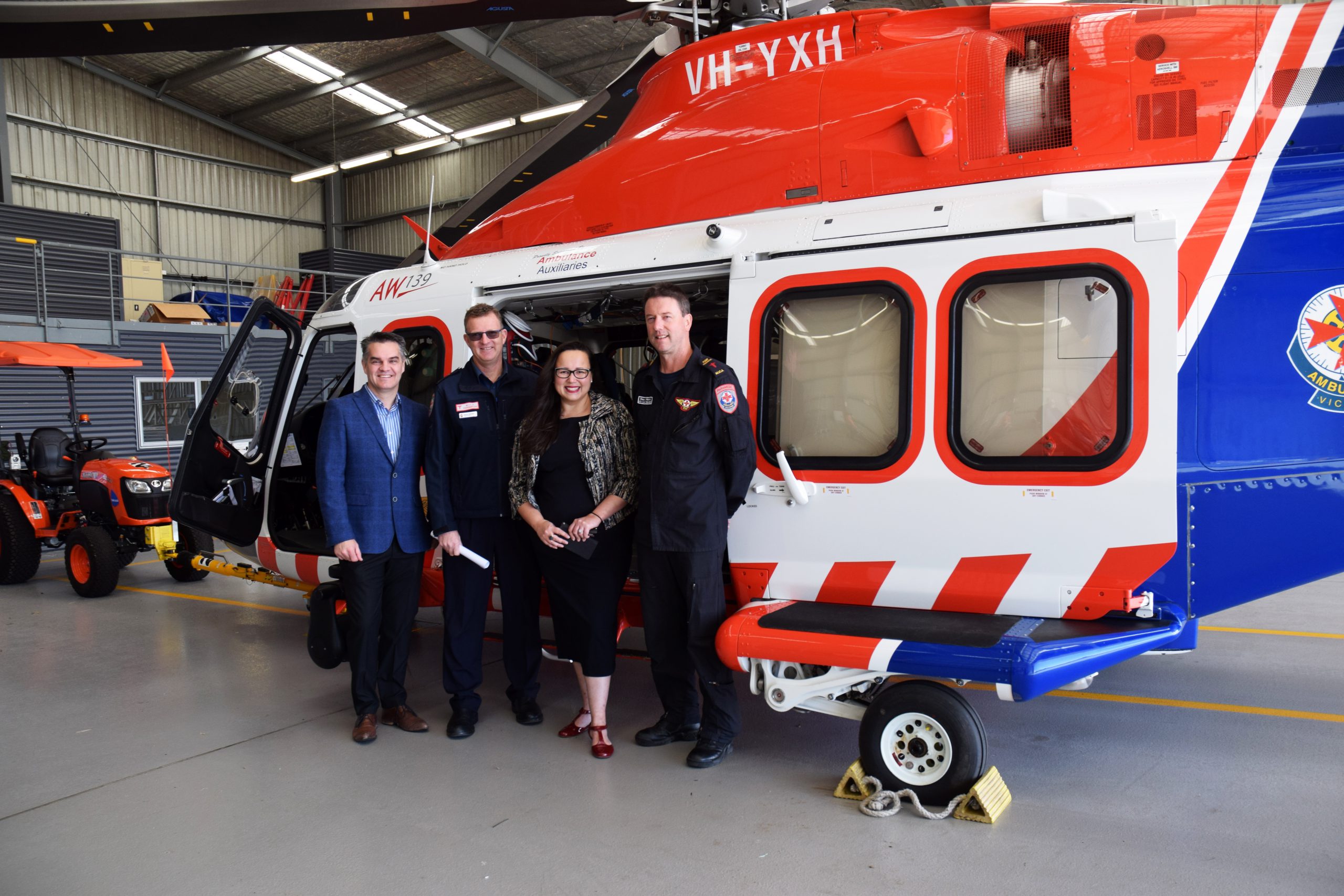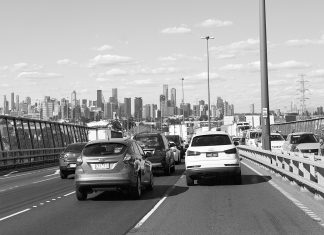Heidi Kraak
Average ambulance response times have improved by 35 seconds according to the latest performance data released this week.
The average time for an ambulance to reach the scene of a code one emergency in Latrobe is 11:24 minutes, improved from 11.59 minutes in the same period last year.
Additionally, there has been a reduced median time regarding treatment for emergency department patients at Latrobe Regional Hospital by three minutes, from 24 minutes during the June 2017 quarter to 21 minutes during the June 2018 quarter, as well as decreased waiting times for elective surgeries.
Ambulance Victoria Gippsland region director Simon Jemmett said these were the best response times Latrobe had experienced in 10 years.
“Better response times means better patient outcomes which is what we are about,” he said.
“This is due to a number of reasons really – certainly the investments in ambulance crews and other resources [have] helped enormously. Also … our clinical services plan and that is about sending the right response to the right people.”
Mr Jemmett said about 15 per cent of calls now go to referral services.
“About half of those will come back again and we’ll send an ambulance, but that means something like 60,000 patients a year are now going to alternate providers,” he said.
“So they’ll be going to the pharmacists, the local doctor, just giving some advice over the phone, and that means we free up ambulances to the high acuity emergencies, so the cardiac arrests, the car accidents, the strokes who really need an ambulance quickly.”
Mr Jemmett said morale was “very good” and surveys showed that Gippsland paramedics were the most “engaged” across the state.
“Engaged means they know what is going on and generally happy with what is going on,” he said.
“One of the key changes we have made in recent years is putting the paramedic first in terms of safety.
“We can’t look after patients if we have injured paramedics and then it is not reasonable to go to work and expect to come home injured. That is a very clear position that we take and if people want to challenge that then we’ll say ‘look, sorry we’re not going to come’.”
Member for Eastern Victoria Harriet Shing attributed the ambulance response time improvements to investments in staff, training and support for paramedics.
“We are at record speed times in the context on ambulances and we are really building to invest and support our staff whether they are front line services, ambulances and paramedic staff who work behind the scenes or also the hospital staff as well,” she said.
“Working together and having that coordinated care response is really leading to some significant outcomes and in a context where every second counts, this is work that is saving lives.
“This is paying off. We see a workforce that is motivated, that is highly trained, amongst the best in the world.”











